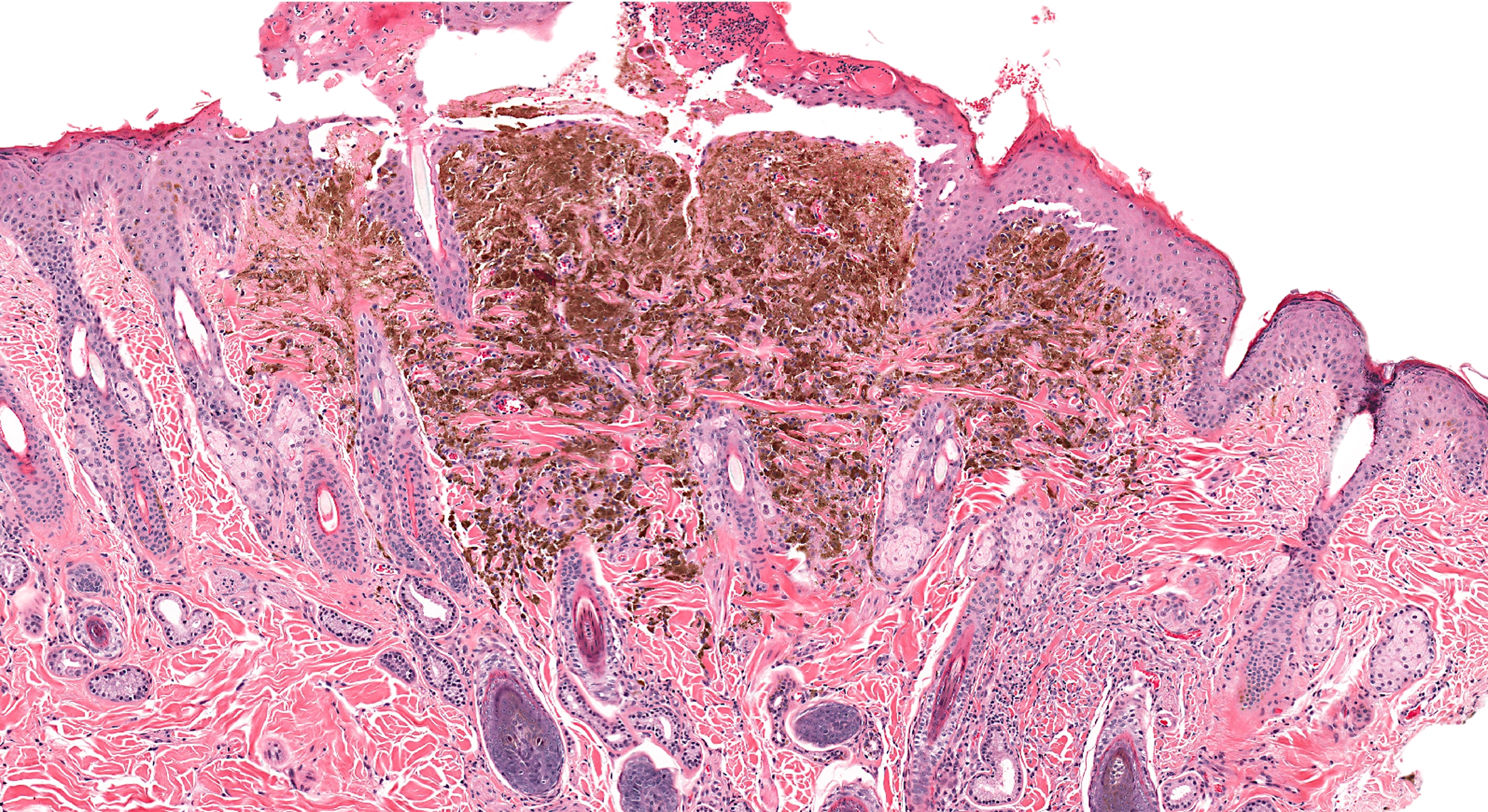Dermatopathology
-

Step 1: Identify Lesion of Concern
Skin biopsies are often a critical piece of a dermatologist’s diagnostic toolset.
-

Step 2: Evaluate Using Dermatoscope
When concerned about an area of skin, we first utilize a special microscope to better evaluate the skin prior to conducting biopsy. We then determine if a biopsy is necessary.
-

Step 3: Obtain Sample Tissue Via Biopsy
If a biopsy is necessary, we conduct the biopsy during that visit.
-

Step 4: Isolate Slide
We begin processing that tissue in-house immediately after your appointment. This allows for the most rapid turn-around time from biopsy to diagnosis.
-

Step 5: Interpret Slide
Once the tissue has been processed and placed on a slide, we evaluate the tissue to determine the most accurate diagnosis and treatment plan.
-

Step 6: Communicate Results
After interpretation, the results of the biopsy will be communicated to you.
Doctors need access to comprehensive diagnostic and prognostic information in order to accurately diagnose disease, prescribe effective therapies, and initiate early treatment options. We firmly believe that clear communication of diagnostic information is the centerpiece of comprehensive medical care, enabling the best treatment options and resulting in markedly improved patient outcomes. Mittal Dermatology is at the forefront of diagnostic sciences. At Mittal Dermatology, we provide the full gamut of services, from assessing a concerning area on your skin to conducting the biopsy, and eventually communicating the results of your biopsy.
